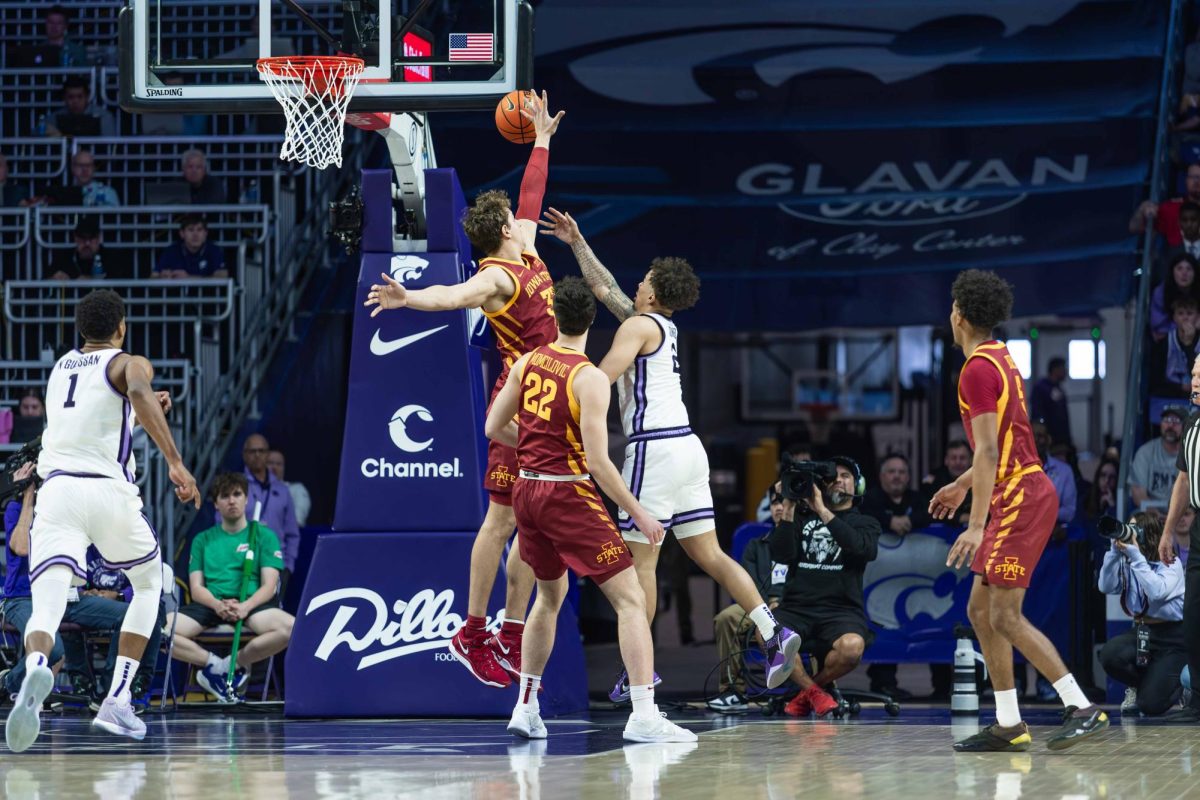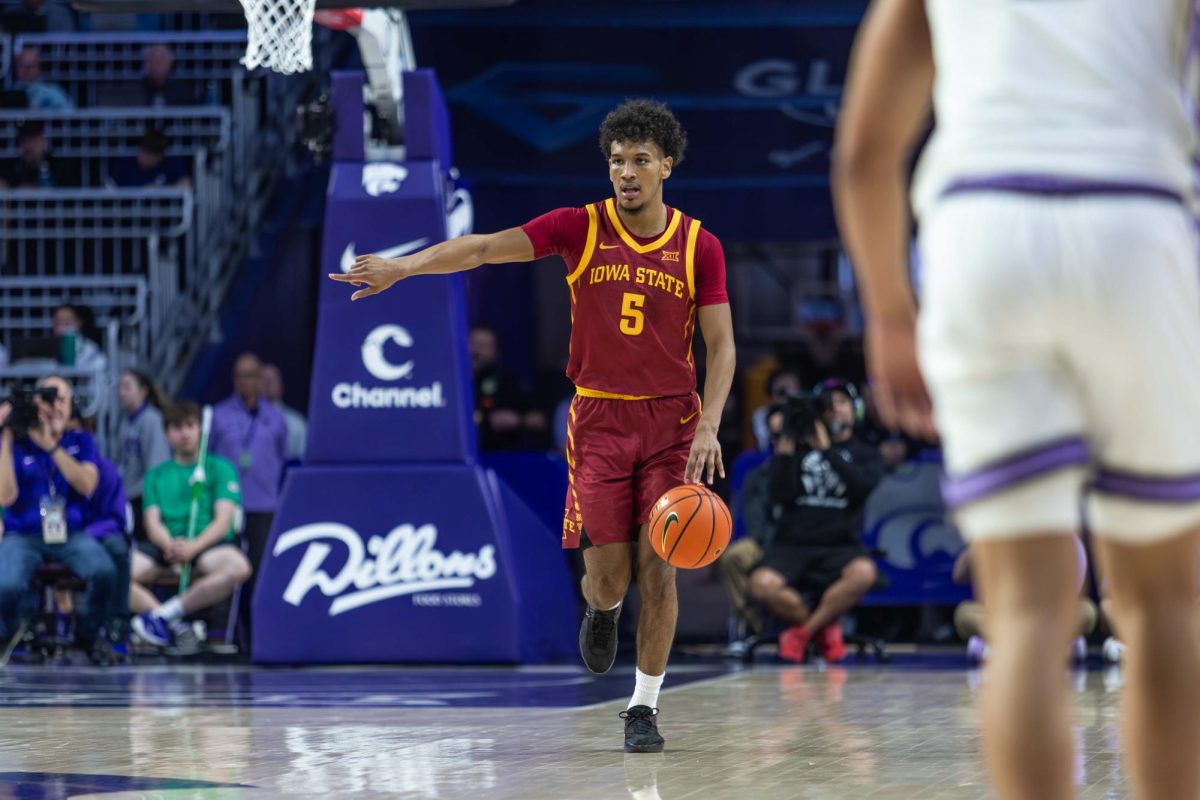Project brings STEM to elementary school-aged students in Iowa
February 8, 2016
Children and engineering may not seem to go hand in hand, but with a new project in central Iowa, they do.
Iowa State University and Des Moines Public Schools are working to get elementary school-aged students engaged with STEM subjects in a whole new way with the National Science Foundation STEM-C Trinect Project.
“We have a lot of great partnerships with Iowa State University, and this is the latest and greatest among those that focus on the STEM areas,” said Phil Roeder, director of communications and public affairs for Des Moines Public Schools.
Iowa State and Des Moines Public Schools will fund the Trinect Project with a five-year, $4.5 million grant from the National Science Foundation.
The Trinect Project aims to use the grant to enhance STEM education at the elementary school level by creating 10 triad teams of educators consisting of a student teacher and graduate student in engineering from Iowa State and a Des Moines public school teacher, equipping both students and teachers for better STEM education.
“It’s definitely challenging to go into the world from talking to your professors and other grad students, and figuring out how to take it down to the level of an elementary student,” said Jordan Tiarks, ISU graduate student in mechanical engineering and a part of the Trinect Project.
Last semester, Tiarks worked with his triad to teach a group of elementary school students from the Downtown Des Moines Public School engineering concepts. Tiarks worked with the students by presenting them with a real-world problem and tasked them with coming up with a solution based on the content they’re learning in class on electricity and magnetism.
“[The Trinect Project] is helping students see that the knowledge that they’re learning isn’t knowledge for its own sake,” said Joanne Olson, professor with the School of Education. “There are very useful ways that the knowledge they’re learning in math and science can be used to answer questions they have about their world.”
The Trinect Project is still in its research phase. Once the NSF has collected enough data, the model will be replicated and introduced to other school districts.
“From helping high school students go on to college through the Science Bound program to the ISU 4 Promise initiative … to now Trinect being part of six of our elementary schools, ISU is working with Des Moines Public Schools on several different levels,” Roeder said.






